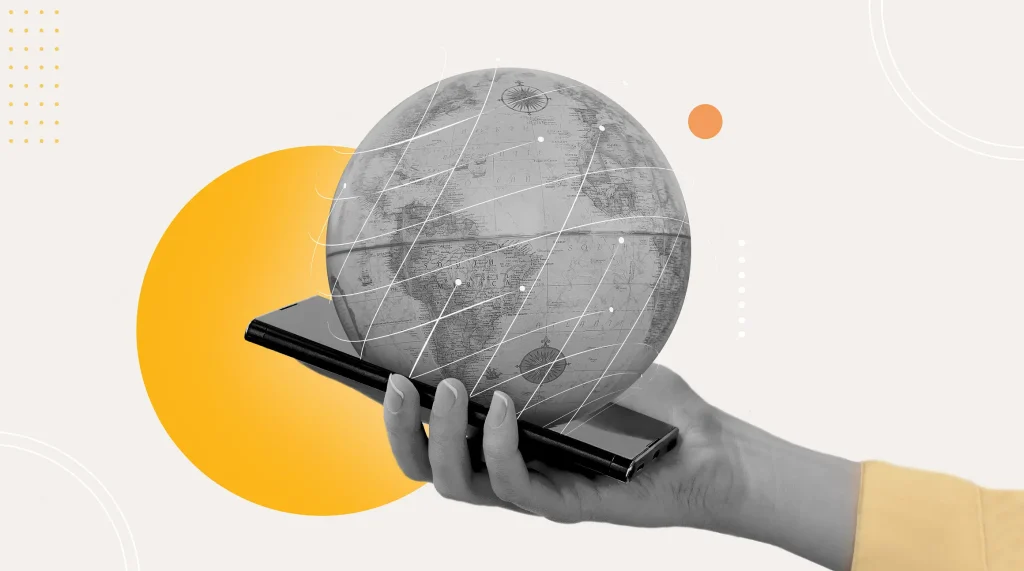JAKARTA, cssmayo.com – Digital Communication has revolutionized how individuals and organizations exchange information, breaking down geographical barriers and enabling instantaneous interaction. From emails and instant messaging to video conferencing and social platforms, Digital Communication tools empower us to connect, collaborate, and convey ideas with unparalleled speed and reach. In this article, we delve into the evolution, core components, best practices, and emerging trends that shape effective Digital Communication in today’s interconnected world.
Evolution of Digital Communication
Early Digital Communication
In the 1960s and 1970s, rudimentary networks like ARPANET laid the groundwork for modern Digital Communication. Researchers exchanged text-based messages over packet-switched networks, setting the stage for email’s arrival in the 1980s. Although limited by bandwidth and interfaces, these early systems introduced the promise of global information exchange.
Rise of Social Media and Instant Messaging
By the late 1990s and early 2000s, chat rooms, forums, and instant messengers (ICQ, AIM) gained popularity. Social media platforms such as MySpace, Facebook, and Twitter transformed how we share content, blending text, images, and video. These tools democratized publishing—anyone could broadcast updates, opinions, or multimedia content to an audience of millions.
Modern Platforms and Trends
Today’s Digital Communication landscape includes cloud-based collaboration suites (Slack, Microsoft Teams), video-first platforms (Zoom, Google Meet), and ephemeral messaging (Snapchat, Instagram Stories). Mobile-first design ensures seamless switching between desktop and smartphone, while end-to-end encryption addresses privacy and security concerns.
Core Components of Digital Communication
Channels and Mediums
Effective Digital Communication leverages multiple channels—email, chat, social media, webinars, and more—to reach diverse audiences. Choosing the right medium depends on message length, urgency, formality, and the recipient’s preferences.
Tools and Technologies
From SMTP servers and WebRTC protocols to AI-powered chatbots and translation services, technology underpins every aspect of Digital Communication. APIs and integrations enable seamless workflows, allowing messages to flow between CRMs, project management tools, and marketing automation platforms.
Protocols and Standards
Standards such as HTTP/HTTPS, SMTP, XMPP, and SIP ensure interoperability across devices and services. Adherence to these protocols guarantees reliable message delivery, proper formatting, and compatibility with security mechanisms like TLS and OAuth.
Enhancing Interaction through Digital Communication
Personalization and Targeting
Highly effective Digital Communication tailors content to individual interests and behaviors.
Data-Driven Insights
By analyzing user data—demographics, browsing history, past interactions—organizations craft personalized emails, push notifications, and chat responses that resonate with each recipient, boosting engagement rates.
Multimedia and Immersive Experiences
Rich media—videos, infographics, GIFs, and interactive polls—elevate Digital Communication beyond plain text. Embeddable multimedia tools like Loom for quick video updates or Canva for dynamic visuals foster deeper user engagement and comprehension.
Real-Time Communication
Instant replies and live collaboration accelerate decision-making. Video conferencing with screen sharing, co-editing documents in the cloud, and live chat support exemplify how real-time Digital Communication removes latency, ensuring teams and customers stay in sync.
Best Practices for Effective Digital Communication
Clear and Concise Messaging
Cut through information overload by crafting messages with a clear purpose. Use descriptive subject lines, bullet points, and short paragraphs to enhance readability. A well-structured message respects recipients’ time and increases the likelihood of a prompt response.
Accessibility and Inclusivity
Inclusive Digital Communication accommodates diverse needs:
- Use alt text for images and transcripts for videos.
- Ensure color contrast meets WCAG guidelines.
- Provide multilingual support via localization or real-time translation.
Security and Privacy
Safeguard sensitive data by implementing end-to-end encryption, multi-factor authentication (MFA), and secure password policies. Regularly update software to patch vulnerabilities and educate users on phishing and social-engineering risks.
Challenges and Solutions
Information Overload
The sheer volume of messages can overwhelm recipients. Combat overload by consolidating notifications, prioritizing messages based on importance, and using digest emails or summary notifications to batch non-urgent updates.
Misinformation and Trust
In the era of viral content, verifying sources and citing credible references is critical. Implement fact-checking protocols, watermark official communications, and maintain transparent correction policies to build trust in your Digital Communication channels.
Digital Fatigue and Well-Being
Continuous connectivity can lead to burnout. Encourage “focus hours” without notifications, set clear communication windows, and promote digital-wellness tools that track screen time and suggest breaks.
Future Trends in Digital Communication
AI and Automation
AI-driven chatbots, smart replies, and automated scheduling assistants reduce manual workload. Natural Language Processing (NLP) will enable more human-like interactions, from drafting emails to moderating live chat conversations.
Augmented Reality (AR) and Virtual Reality (VR)
Immersive Digital Communication experiences—virtual meetings in shared 3D spaces, AR overlays during field service calls—will redefine collaboration. As hardware becomes more affordable, expect wider adoption in training, remote assistance, and social interactions.
5G and Beyond
High-speed 5G networks unlock ultra-low latency and support high-definition video streams, enabling seamless real-time communication even in bandwidth-intensive scenarios. As 6G research progresses, we anticipate further leaps in immersive and ubiquitous Digital Communication.
Conclusion
Digital Communication stands at the core of our modern interactions—be it in business, education, or social life. By understanding its evolution, leveraging the right tools, adhering to best practices, and preparing for emerging trends, organizations and individuals can create impactful, secure, and inclusive communication experiences. Embrace continuous learning and innovation to stay ahead in the ever-evolving digital landscape.
Elevate Your Competence: Uncover Our Insights on Techno
Read Our Most Recent Article About Graphic Design: Creating Visual Impact With The New Technology!

